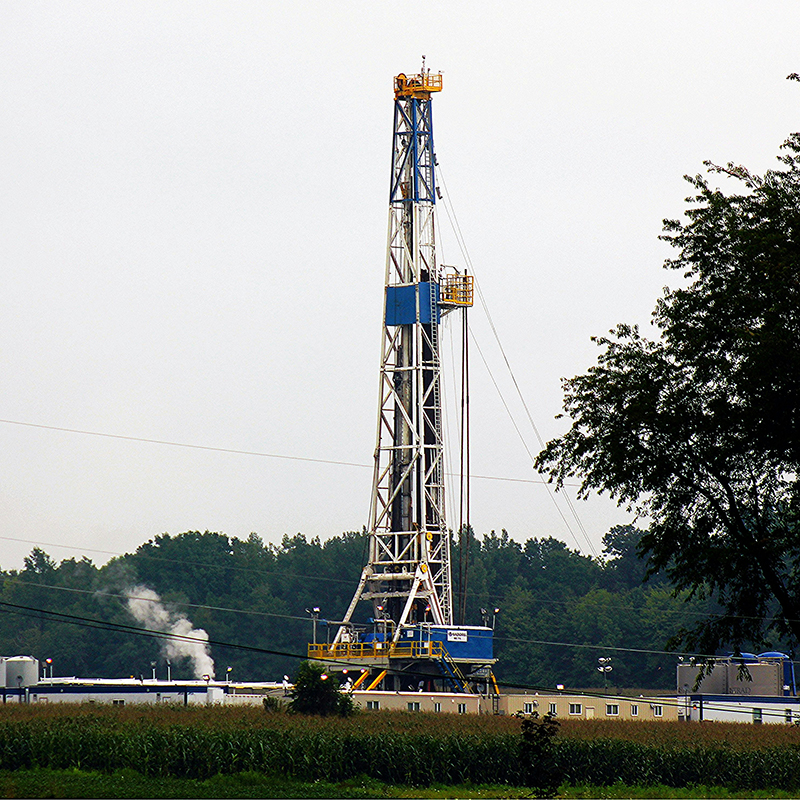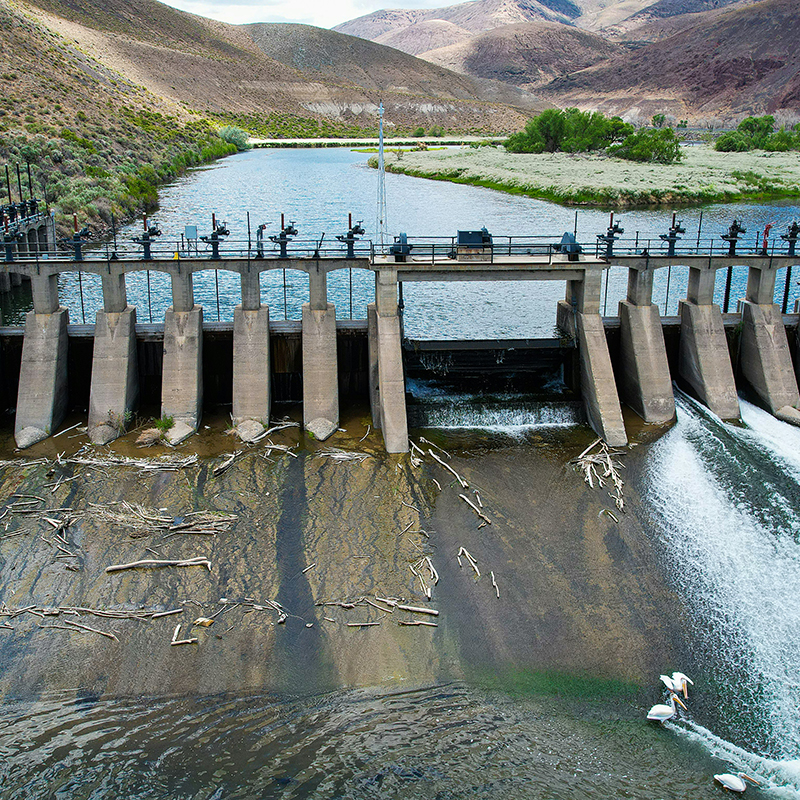Oil and Gas

Petroleum (“oil”) and natural gas are hydrocarbons that formed over millions of years under heat and pressure deep in the Earth. Petroleum and natural gas are the largest sources of energy in the United States.
The Basics
Petroleum (“oil”) and natural gas form from tiny plants and algae that settled in seas or lakes millions of years ago. This organic material reacts under heat and pressure to form oil and/or gas.[1] Petroleum products include gasoline, heating oil, propane, and kerosene. Not to be confused with gasoline, natural gas is mostly methane — a clear, odorless gas. When burned, oil and gas release abundant energy as well as carbon dioxide and water.
Why do oil and gas matter?
Petroleum and natural gas are the largest energy sources for the United States. In 2017, 92% of transportation fuel came from petroleum,[2] while 32% of electric power and the majority of non-electric commercial/residential energy came from natural gas.[3,4] The United States has large oil and natural gas resources. Unconventional oil and gas resources, like shale gas and tight oil, are now accessible with the combination of the techniques of horizontal drilling and hydraulic fracturing.
How does geoscience help inform decisions about oil and gas resources?
Geoscientists use geophysics and geophysical techniques to find rock layers that contain oil or gas, and determine how much these rock layers might produce. Geoscientists also work to reduce the environmental impacts of oil and gas extraction.
References
1 Oil and Petroleum Explained, EIA
2 Energy Use for Transportation, EIA
3 Electricity in the United States, EIA
4 Use of Natural Gas, EIA
Learn More
Introductory Resources
-
Oil and Petroleum Explained, Energy Information Administration
Basic information on how oil was formed, products made from crude oil, refining oil, where U.S. oil comes from, prices and outlook, and oil and the environment. Also includes specific information on gasoline, diesel fuel, propane, and heating oil. -
Natural Gas Explained, Energy Information Administration
Basic information on how natural gas was formed, delivery and storage, where U.S. natural gas comes from, imports/exports, prices, and natural gas and the environment. -
What You Need to Know: Fossil Fuels, The National Academies
An in-depth overview of the current role of each fossil fuel energy source in the United States, the benefits and disadvantages of each energy source, and opportunities and challenges for using that energy source in the future. (Discusses coal, oil, and natural gas.)
Resources for Educators
-
Education GeoSource Network (EGS), AGI
Search for oil and gas resources related to professional resources, curricula & instruction, teaching media, outreach programs, and other EGS collections. -
NGSS Performance Expectations, Next Generation Science Standards
K-ESS3-1, 4-ESS3-1, MS-ESS3-1, HS-ESS3-1, HS-ESS3-2 -
NGSS Disciplinary Core Ideas, Next Generation Science Standards
ESS3.A
Additional Resources
Explore Related Topics
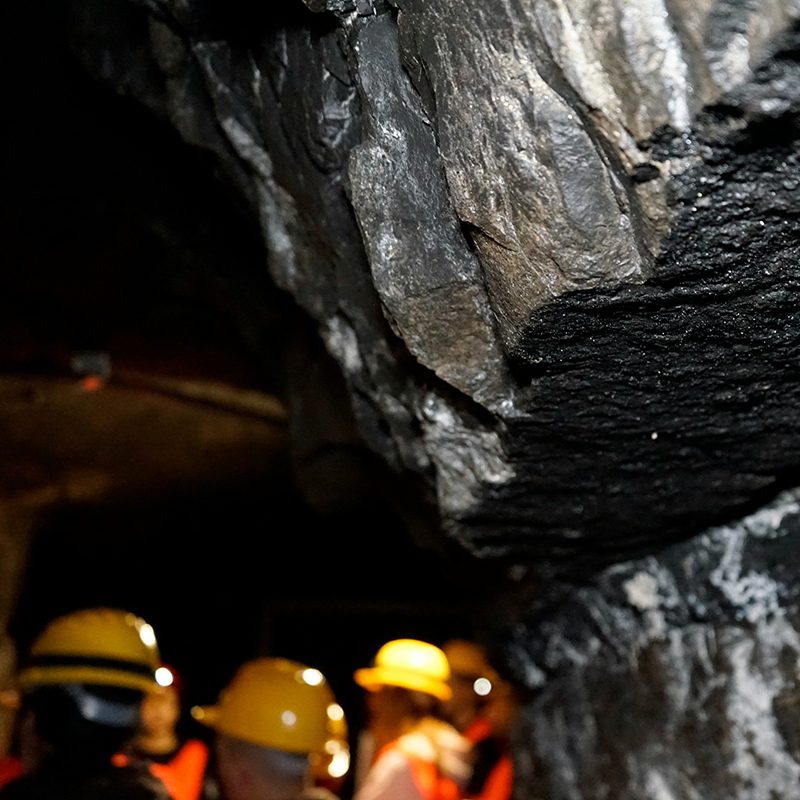
Coal is a carbon-rich rock formed from plants that grew millions of years ago. Coal is a major source of electricity in the United States and the largest source of energy for electricity generation worldwide.
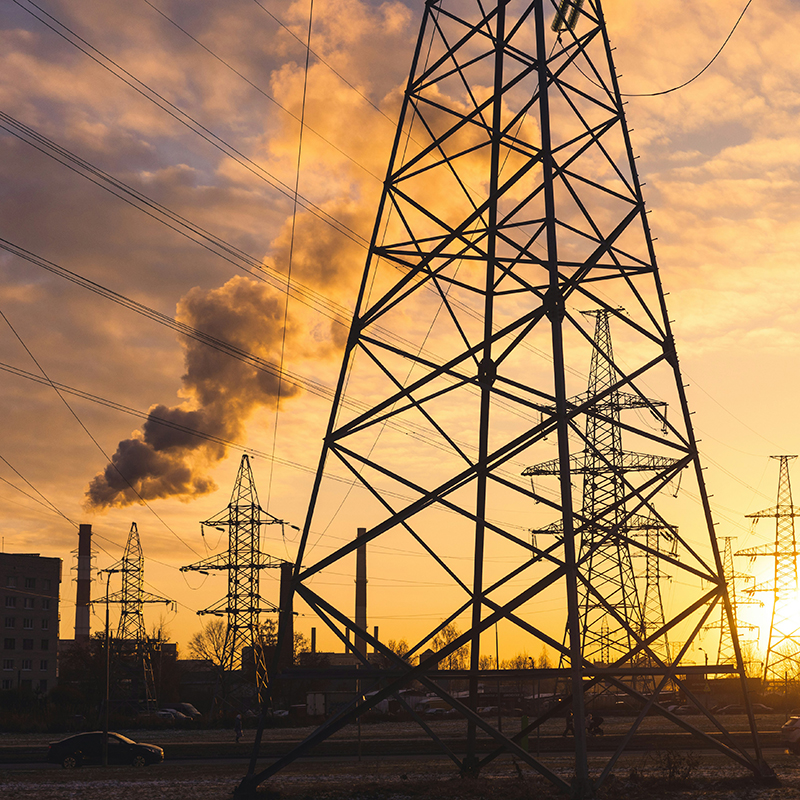
All of the energy we use comes from the Earth, its atmosphere, or the Sun. Some resources are mined or extracted, like coal, uranium, oil, and gas. Others, like wind, solar, tidal, biomass, and hydropower resources, are harnessed at the Earth’s surface. Geoscientists play an essential role in developing energy resources and evaluating their environmental impacts.
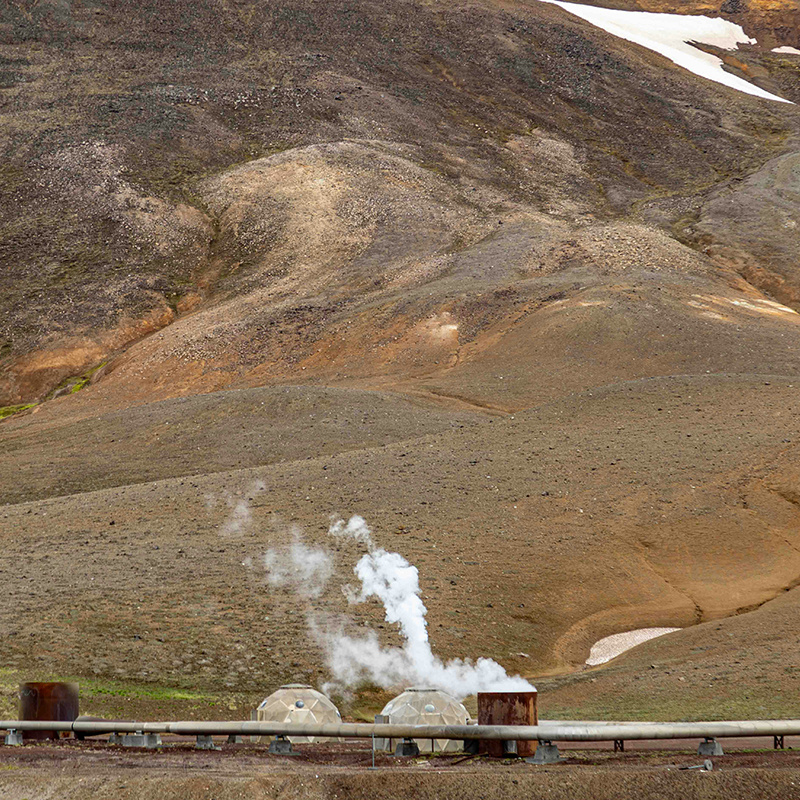
Geothermal energy is harvested by drilling into underground reservoirs of steam or water heated by the Earth. While western states like California and Nevada lead the country in geothermal energy production, emerging technologies may make it possible to extract geothermal energy throughout the United States.
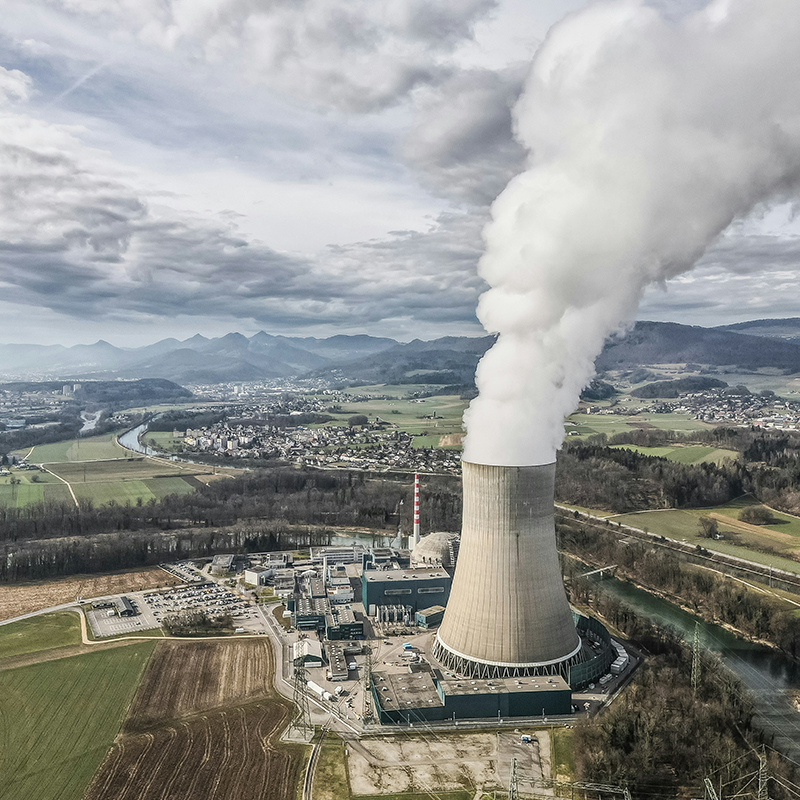
Nuclear energy is produced from fission, which splits the large atoms of heavy elements like uranium into smaller atoms, releasing enormous amounts of energy. Thirty U.S. states have nuclear power plants, and nuclear energy makes up around 20% of the U.S. electricity supply.
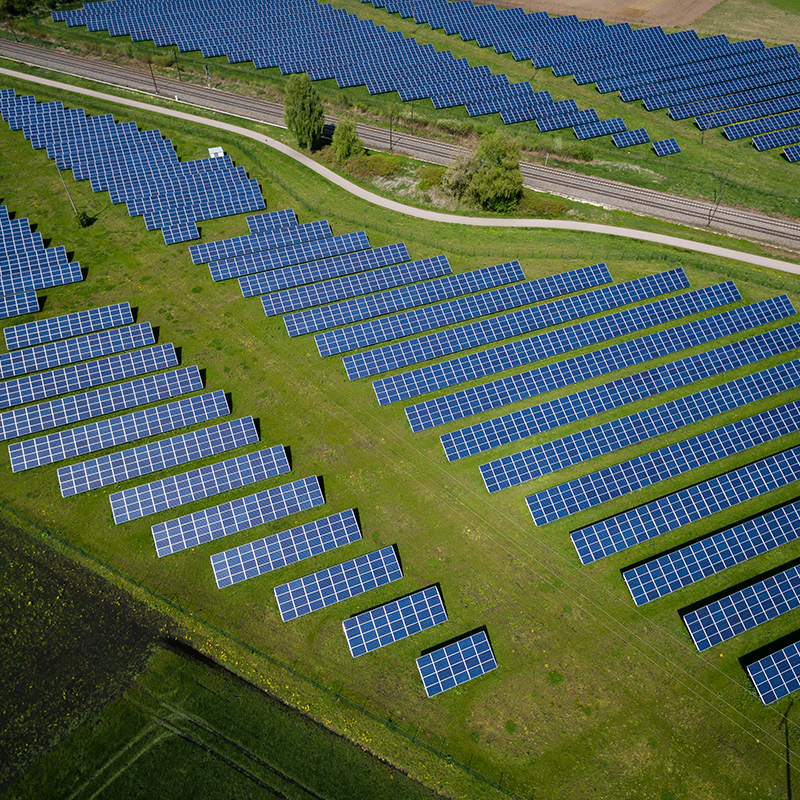
Renewable energy comes from sources that are constantly replenished, like running water, the heat of the Earth, the Sun’s light, or wind. Renewables account for around 11% of U.S. energy consumption and 17% of electricity production.

Solar energy is energy from the Sun, which can be harnessed in several ways. Solar panels use the photovoltaic effect to generate electricity directly from sunlight. The Sun’s heat can be used directly to heat water or air, or it can be concentrated to boil water, driving steam turbines that generate electricity.
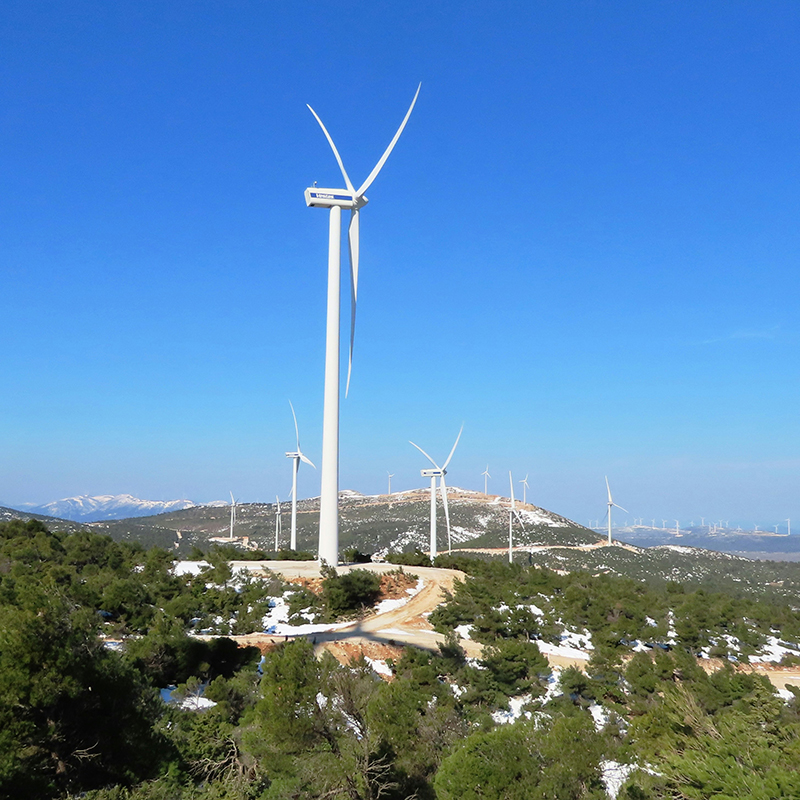
Wind energy is harnessed by wind turbines, which convert the energy of the wind into electricity. Wind energy is one of the largest sources of renewable energy. Wind farms can now be found in more than 40 states.





